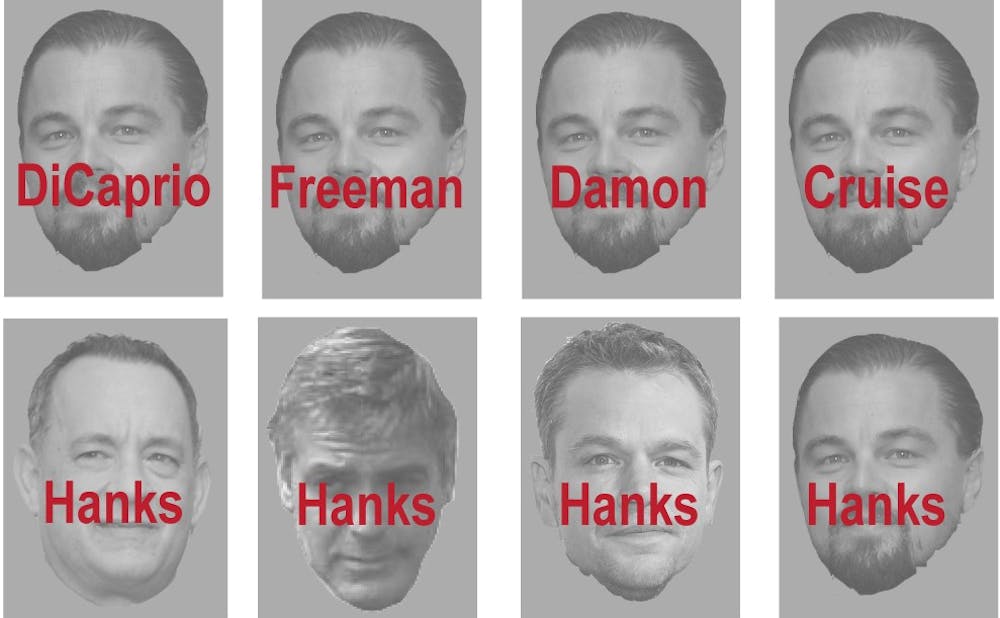Distractions bombard us from every direction—from flashing lights at a traffic intersection to Facebook notifications in class.
In a recent study, researchers at Duke discovered how our brains bypass these distracting cues and directly reach a state of high-attention focus. Tobias Egner, associate professor of psychology and neuroscience and an author of the study, labeled this process as a form of "high-focus learning."
“This particular phenomenon of learning to link a stimulus with a high-controlled or high-focused state is very interesting to us because it breaks down a traditional distinction of behavior being driven by stimuli or our intentions,” he said.
To study the brain's response to distracting cues, Egner and the other study authors used fMRI imaging and a celebrity matching test. For the celebrity test, they showed people pictures of famous actors, asking them to identify each actor as rapidly as possible.
To make the task more difficult, each face was labeled in red ink with a name. Sometimes the names matched the actor's actual name, and other times the labels corresponded with a different celebrity.
Since people already knew celebrity faces, the real challenge is anticipating if the red label was actually the correct name. In order to more quickly identify the face, participants had to learn to ignore the red labels—the distraction—and just see the face.
“We used this to create a situation where [the participants] need to super focus versus where they can relax a little bit in terms of attentional focus,” said postdoctoral fellow Yu-Chin Chiu, primary author of the study.
Looking at face itself makes people focus and ignore distractions, Egner said.
"If you are repeatedly shown a particular face repeatedly associated with other names, then people learn to associate the face with this difficulty, and they get better and better at ignoring the distractions,” he said.
Previously, researchers believed that learning in the presence of distractions required a "cascade." For instance, as drivers approach a busy intersection, their attention is diverted by distracting pedestrians and signs. They must reestablish focus on the roadway.
This process takes time and drags away people’s attention, Egner explained.
“The idea here is it would be great if the next time you come to this intersection, you can bypass this cascade,” Egner said. “You could use the intersection itself as a cue to straight away retrieve the appropriate set of focus, so that you don’t get distracted in the first place.”
Through the series of matching exercises, the researchers linked this focus to a part of the brain called the caudate nucleus, which Egner said has long been associated with various neural processes, such as learning movements and linking actions to consequences.
Applicable to everyday life?
Chiu said that people probably already use their environment to help them focus. For example, classrooms trigger an appropriate mindset to help people study and focus.
The study shows how this happens and where in the brain it occurs, Egner said. However, he added that it will take time before the findings can be directly applied to everyday life.
“Hopefully, when you understand better and better how the brain mediates these kinds of control processes, down the line that will help in understanding what goes wrong in certain clinical conditions or maybe to learn better than you do otherwise,” he said.
In the future, Egner said researchers hope to find more direct ways of enhancing focus through different parts of the brain.
The ability to focus is a core aspect of behavioral flexibility in humans, giving us a rich behavior repertoire that most animals lack, Egner noted.
“Understanding this is essential to understanding what makes us human,” he said.
Get The Chronicle straight to your inbox
Signup for our weekly newsletter. Cancel at any time.

